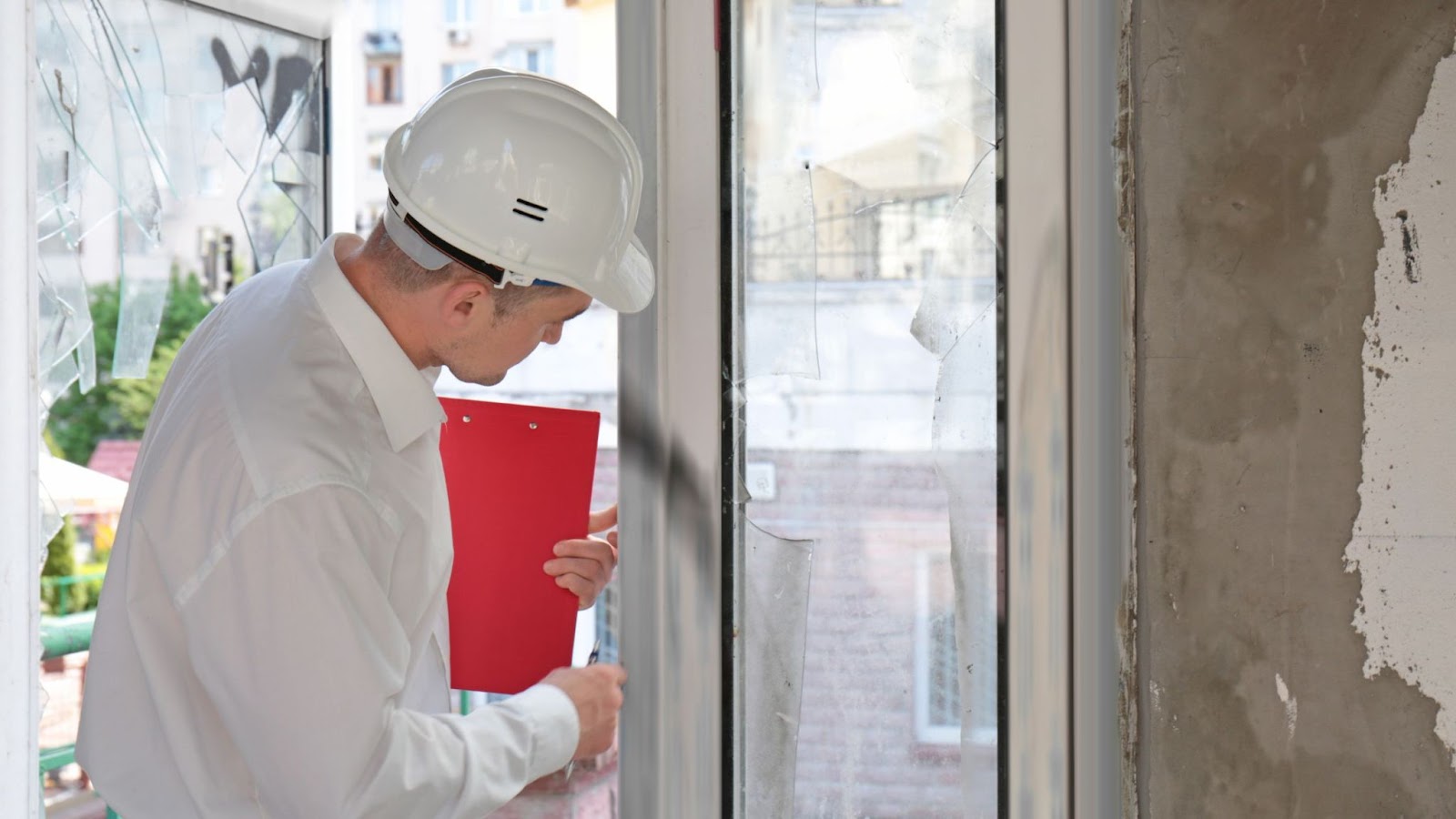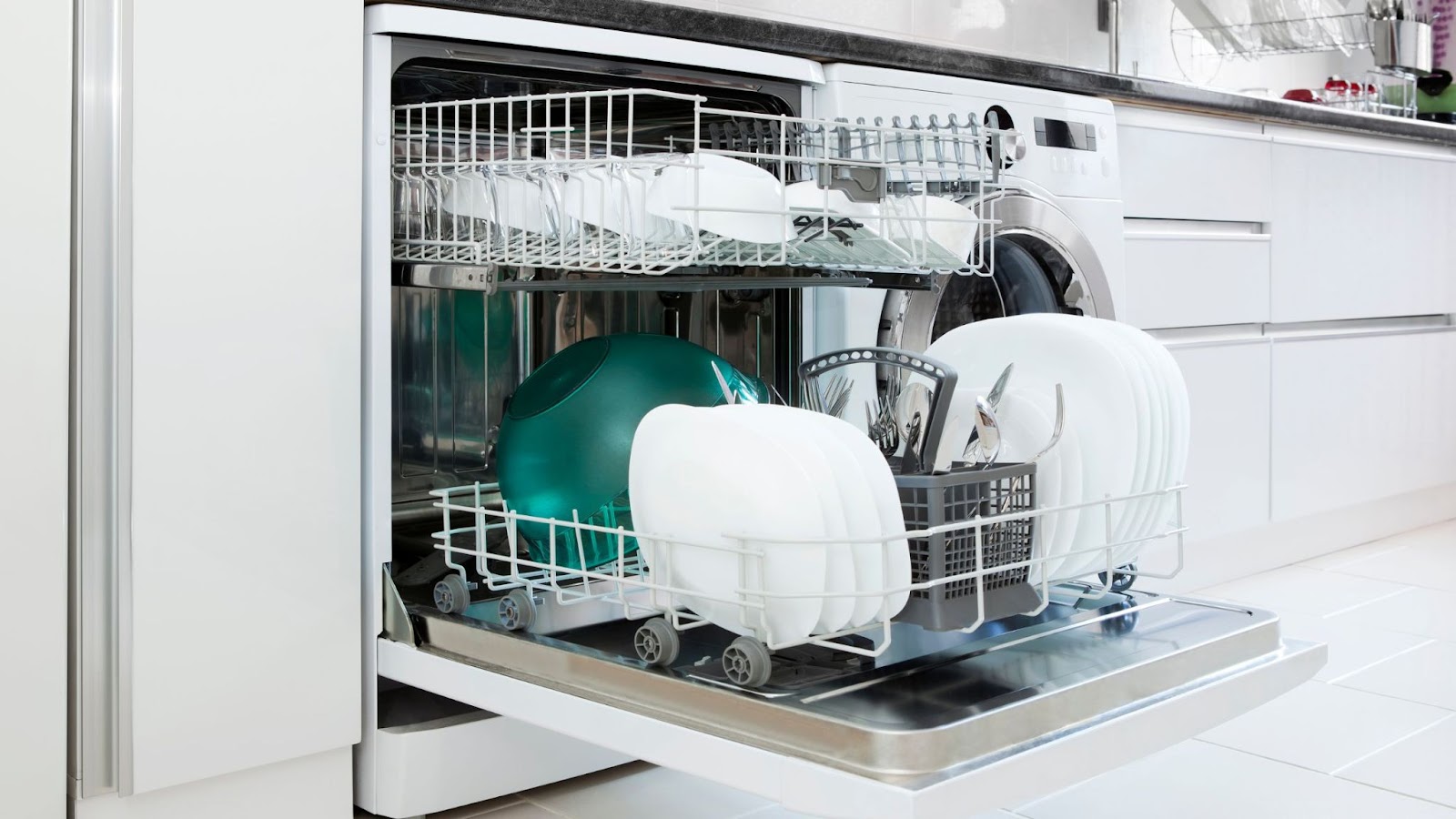Top Mistakes That Lead to Rejected Home Warranty Claims in Illinois, Arkansas, and More
Home warranties provide peace of mind by protecting homeowners from unexpected repair costs. However, rejecting a claim can be frustrating and leave homeowners feeling unprepared. Understanding the common mistakes that lead to claim rejections can help homeowners make the most of their home warranty plans. Whether in Illinois, Arkansas, or other states like Pennsylvania, avoiding these pitfalls is key to maximizing your benefits.
Common Misunderstandings About Home Warranty Coverage
Know What’s Covered—and What’s Not
One of the biggest mistakes homeowners make is misunderstanding their coverage. Home warranties typically cover appliances and systems like heating, plumbing, and electrical, but each plan has limitations and exclusions. For example:
- Pre-existing conditions are usually not covered.
- Luxury appliances or structural issues may fall outside the scope of your warranty.
- Certain repairs may require specific documentation or proof of regular maintenance.
Policies can vary based on the provider and state. For instance, home warranty companies in Pennsylvania may differ from home warranty companies in Colorado.
Tip: Always read the fine print of your warranty contract and ask your provider for clarification if needed.
Neglecting Regular Maintenance
Why Maintenance Matters
Most home warranty contracts require homeowners to perform routine appliance and system maintenance. Neglecting these duties can result in claim denials. For instance, if your HVAC breaks down due to clogged filters or overdue servicing, your warranty provider may not cover the repair.
Practical Maintenance Tips
- HVAC Systems: Replace air filters every 3 months and schedule annual inspections.
- Plumbing: Check for leaks and clean drains regularly.
- Appliances: Follow the manufacturer’s guidelines for cleaning and maintenance.
A homeowner in Illinois missed their HVAC system’s annual tune-up, which resulted in a rejected claim when the system failed. This scenario could have been avoided with timely upkeep.
Pre-existing Conditions
What Are Pre-existing Conditions?
Pre-existing conditions refer to issues with appliances or systems before the home warranty coverage begins. Many warranty providers exclude these from their policies.
For example, home warranty companies in South Carolina might require a home inspection to verify the condition of covered items before approving a claim.
How to Avoid This Mistake
- Get a pre-coverage home inspection to document the condition of your appliances and systems.
- Provide accurate records of any past repairs or maintenance.
- Address known issues before purchasing a home warranty plan.
Incomplete or Incorrect Claim Submission
The Importance of Proper Documentation
Submitting incomplete or incorrect information is one of the most preventable reasons for a rejected home warranty claim. Home warranty companies require homeowners to provide specific details, such as repair estimates, invoices, maintenance records, and photos of the damage. Missing a single piece of documentation can lead to delays or outright denials. For instance, home warranty companies in Pennsylvania emphasize the importance of submitting a complete set of paperwork for seamless claim processing.
Claims are evaluated based on the information provided, so incomplete or inaccurate submissions can paint a misleading picture. To avoid complications, ensure you fully understand your provider’s requirements, especially if you file claims in states with specific guidelines like South Carolina or Arkansas.
Tips for Accurate Claim Submission
To improve your chances of a successful claim, follow these best practices:
- Read the Contract Thoroughly
Every home warranty policy has its own set of rules. Spend time reviewing the contract to understand what is required. For example, some providers in Colorado may request additional forms compared to those in Illinois. - Prepare All Required Documentation
Include the following with your claim submission:- A detailed repair invoice.
- Proof of prior maintenance (receipts, service records).
- Photos showing the damage or faulty appliance/system.
- Adhere to Deadlines
Many home warranty companies impose strict deadlines for claim submissions. Missing these can result in automatic denials. Stay organized with reminders or a digital calendar. - Double-Check for Errors
Small mistakes, such as incorrect serial numbers, outdated contact information, or missing pages in a claim form, can cause delays. Therefore, it is important to review everything before submission.
Using Unauthorized Service Providers
Stick to Approved Technicians
Many home warranty companies require homeowners to use their network of approved service providers. Hiring an unauthorized technician could void your claim, even if the repair is covered under warranty.
State-Specific Examples:
- Home warranty companies in Arkansas may deny claims for repairs by non-certified professionals.
- Similarly, home warranty companies in Illinois emphasize using pre-approved technicians.
Check with your warranty provider to ensure the technician is authorized before scheduling a repair.
Coverage Limitations and Misaligned Expectations
Understanding Exclusions
One of the most common frustrations among homeowners is discovering that their claim doesn’t fall under their home warranty plan. Misaligned expectations often stem from not fully understanding the exclusions outlined in the contract. These exclusions can include:
- Cosmetic damages, such as chipped paint or dents.
- Pre-existing wear and tear that existed before the policy started.
- Certain upgrades, like advanced home automation systems or high-end appliances.
For instance, home warranty companies in Pennsylvania typically exclude coverage for structural issues. In contrast, home warranty companies in Colorado may not cover luxury items such as hot tubs or pools unless specified in the plan.
Understanding these exclusions upfront can save homeowners in states like Arkansas or South Carolina from costly surprises during the claims process.
How to Manage Expectations
To align your expectations with what your home warranty plan offers, follow these steps:
- Review the Exclusions List Thoroughly
Before purchasing a plan, carefully read the exclusions section of the contract. Providers like home warranty companies in Illinois often provide detailed documents highlighting what isn’t covered. - Ask Questions About Ambiguous Terms
If any terms seem unclear, contact the provider for clarification. For example, consider whether older HVAC systems or water heaters are included in standard plans. - Consider a Comprehensive Plan for Unique Needs
If you own items like a pool or a second refrigerator, consider upgrading to a premium plan. These plans may offer broader coverage that meets your specific needs, such as those available through home warranty companies in South Carolina. - Compare State-Specific Policies
Different states may offer unique offerings. For example, home warranty companies in Colorado might focus on cold-weather appliance coverage, while Arkansas might offer plans for hot, humid climates.
About Home Warranty Companies
Home Warranty Companies offer comprehensive resources to help homeowners make informed decisions when finding a reliable home warranty provider. Whether you’re exploring options in Pennsylvania, Colorado, or other states, their platform connects you with trusted providers tailored to your needs.
Explore detailed reviews, compare plans, and find the perfect coverage to protect your home systems and appliances. Visit Home Warranty Companies to start your journey toward worry-free homeownership today.
Conclusion
Avoiding claim rejections is about understanding your home warranty policy and following the rules. From knowing your coverage limitations to submitting accurate claims, homeowners in states like Illinois, Arkansas, and beyond can take proactive steps to make the most of their warranty.
Partnering with reputable providers, such as those listed on Home Warranty Companies, can ensure a smoother claims process and greater peace of mind. Review your policy, avoid common mistakes, and enjoy the benefits of a well-managed home warranty plan.



